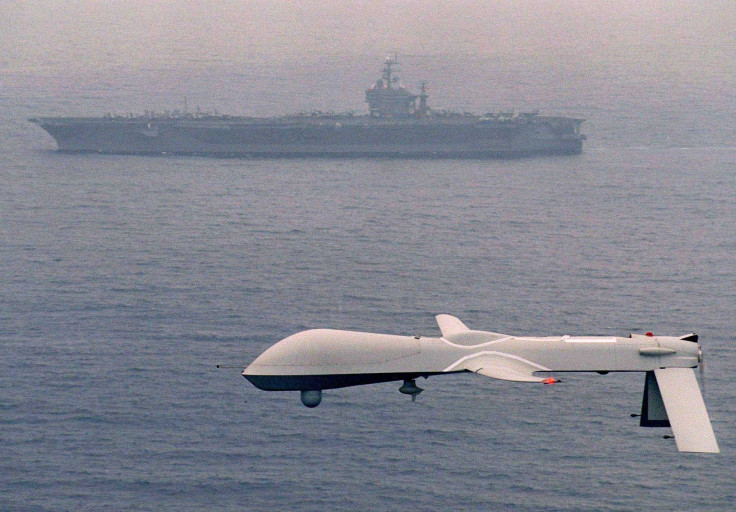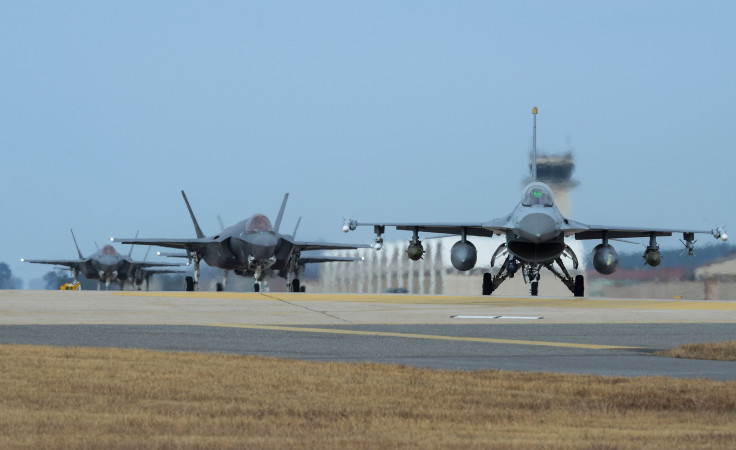US Air Force RQ-180 -- Elusive Stealth Drone Already Operational?

Rumors started flying almost six years ago the Air Force had a new ISR (intelligence, surveillance, and reconnaissance) aircraft known as the RQ-180. This aircraft was supposed to be a replacement for the long since ended Blackbird program. Northrup Grumman was said to have manufactured the elusive bird of war. While the project has been shrouded in mystery, the progress in the reorganization and equipping of ground units seems to indicate that the elusive drone is finally operational.
As early as 2010, there have been claims of the development and testing of an aircraft that resembled a B-2 Liberty Stealth Bomber. It was later learned that this was most likely the B-21 Raider, and the story seemed to fade away.
But recent changes in personnel and equipment maneuvers seem to corroborate the creation of a new unit at Beale Air Force Base in California. The new group has been christened as the 427th Reconnaissance Sqadron. It existed before this but has grown mainly in size, suspicion, and purpose since 2014.

There has been no official confirmation of the unit designation by the Air Force, but public documents tell another story.
In 2007 Northrup Grumman began working with the USAF on a new design complete with a 172-ft.-span wing and two engines derived from General Electric’s CF34, and capable of carrying a 10,000-lb. weapon load. This was one big drone! This aircraft was developed under the LOBstar program, an experiment carried out between the aircraft manufacturer and Air Force Research Laboratory known as SensorCraft.
Under the guise of this program, the RQ-180 was being produced. In 2009, the USAF began preparations for a project at Groom Lake Nevada. This included building a new hangar complex, big enough to house an aircraft with a huge wingspan.
By 2010 it was being tested and produced. Sources indicate to International Business Times that there have been seven generations of the new aircraft that have been tested and flown — the last of them taking place in 2015 at Edwards Air Force Base in California. There does not even seem to exist an actual picture of this secretive giant bird!
While all of this was going on, the USAF was dismantling, combining, and staging new units. This is nothing new in military life, but the oddity of it comes when all of the equipment goes from one location to another, with the same personnel. It all disappears and pops up sometime later with a new unit designation and no official mission. This only happens when an aircraft is being produced, and pilots are being trained to fly them. All kinds of new technology and people started showing up at Beale.
In April of this year, a new Common Mission Control Center was opened at the base. According to sources close to the project, the new center will “provide combatant commanders scalable, tailorable products and services for use in contested environments” the Air Force says. “Using software, hardware, and human machines, the center will be able to manage C2 productivity, shorten the task execution chain, and reduce human-intensive communication.”
This is the setup for a command structure capable of supporting a brand new ISR aircraft. Is this a coincidence?
© Copyright IBTimes 2024. All rights reserved.






















